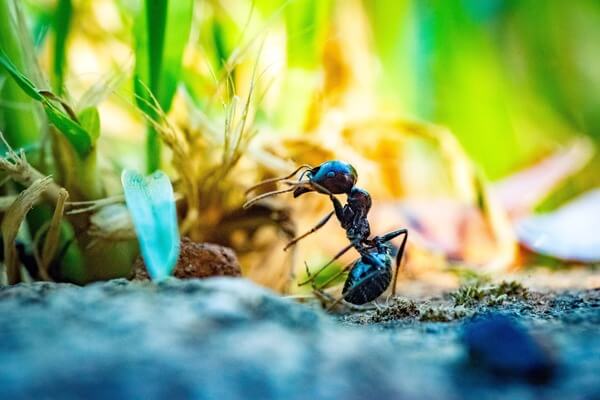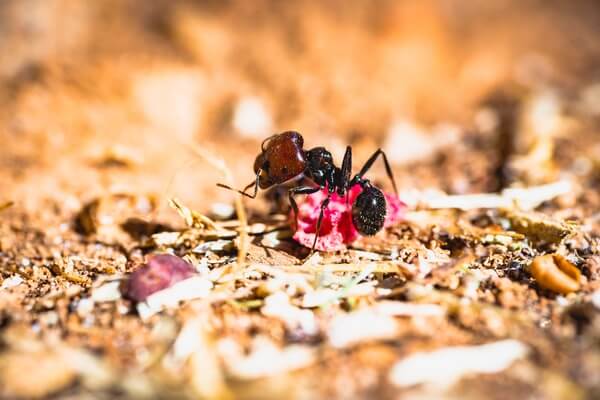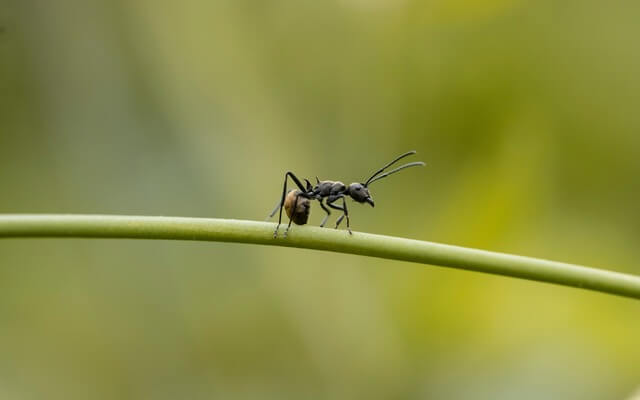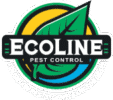Ants
- FLEXIBLE BOOKING
- FREE ESTIMATE WITHIN 24 HOURS
- SATISFACTION GUARANTEE


Argentine Ant
The Argentine ant is light to dark brown in color. They will nest both indoors and outdoors. On the inside they prefer to nest near areas where there is moisture such as; bathroom and kitchen sinks, potted plants, and plumbing areas. They can eat almost anything but prefer to eat sweets.
Outside the argentine ant will nest in various locations; under rocks, plants, wood and along sidewalks and prefer moist soil. They will invade your home or place of business in search of food and or shelter. Their colonies are massive and can adapt to different environments.

Odorous House ant
The odorous house ant gets its name because when crushed it gives off a rotten coconut odor. It can develop huge colonies containing thousands of workers and numerous queens. They normally nest outdoors under loose bark, ground cover, potted plants and suitable voids. On the inside they can be found near moisture in bathrooms kitchens and plumbing areas. They feed on other insects, plant secretions and seeds
(801) 738-7000 GET FREE ESTIMATE
Pavement Ant
The pavement ant is approx. 1/10 inch and brown in color. Their colonies are moderate to large in size, 3-4,000. They like to nest in sidewalk cracks, along curbs, under baseboards, floors and around insulation. They like to feed on meat, cheese, nuts, other insects and just about anything. Each female can lay an egg per day and live for several years.

Pharaoh Ant
These tiny ants are golden-amber in color and require warm climate to survive. Inside they will nest near warm humid areas and generally in inaccessible areas; wall voids, inside furniture and under floors. A single colony can support several million worker ants.
(801) 738-7000 GET FREE ESTIMATE
Carpenter Ants
This is among the largest of the ant family 1/4 ” to 1/2 ” and usually black in color. It has a large head and strong mandibles (jaws) used for chewing. Although they chew their way through wood they do not eat wood. They are of great concern to homeowners because an infestation cans cause serious structural damage if left untreated. They will eat grease, sweets, eggs, cakes and other foodstuff.

Client
Testimonials
Ut sit amet gravida justo. Nunc tincidunt accumsan eros, sed convallis eros consequat sit amet.
Nulla aliquam posuere quam nec vehicula.

“Outstanding service from start to finish! The team was professional, courteous, and effective in handling our rodent issue. Highly recommend their expertise!”
Ane S. A Happy Customer
“Quick response and thorough treatment. Not only did they eliminate our termite problem, but they also provided valuable advice to prevent future infestations. Great job!”
Michael B. A Happy Customer
“Excellent customer service and reliable results. The technicians were knowledgeable and took the time to explain the process. Our home has been pest-free ever since. Thank you!”
Linda K. A Happy Customer

